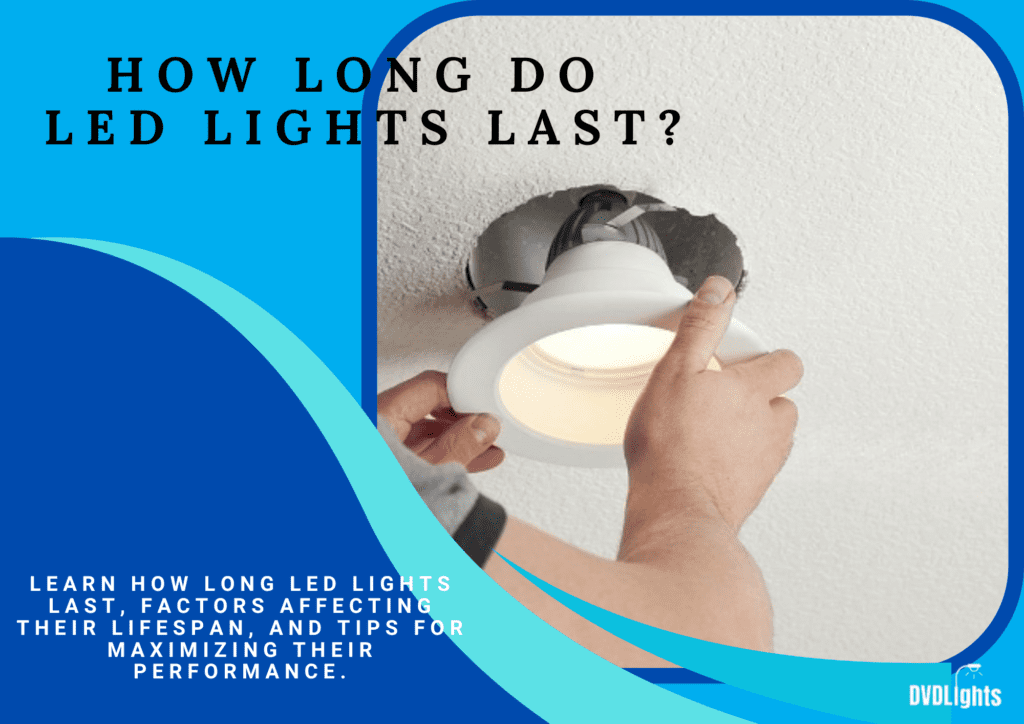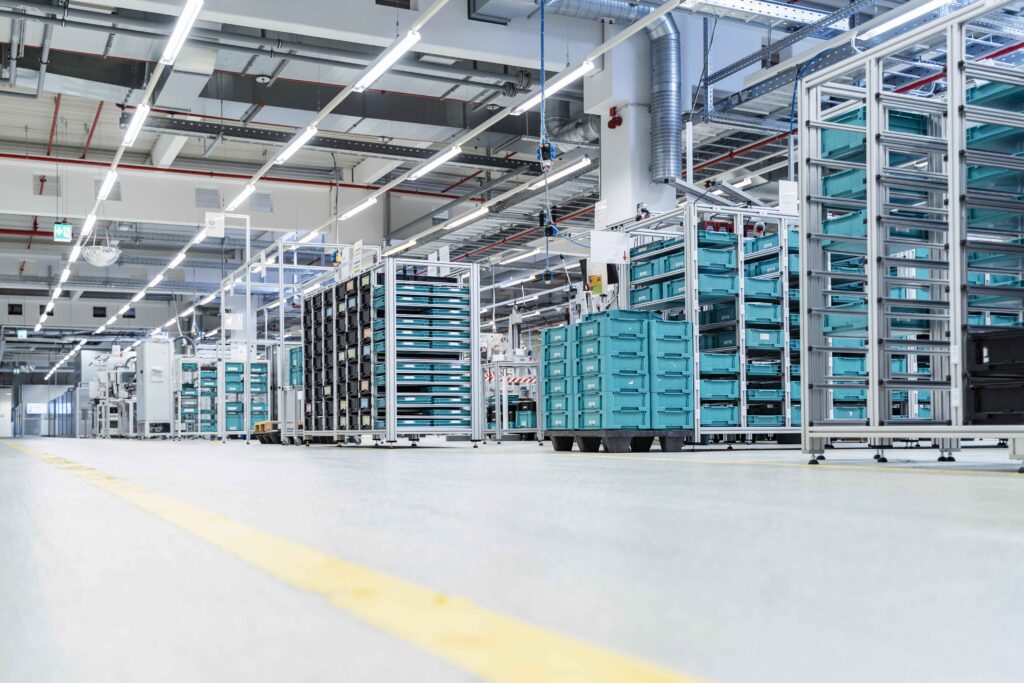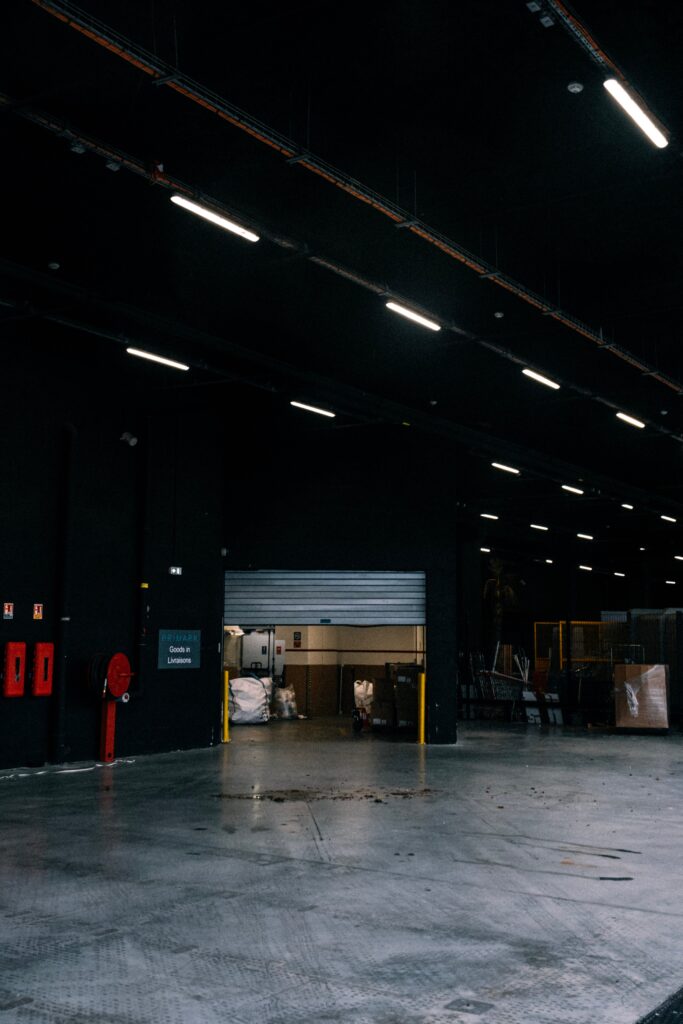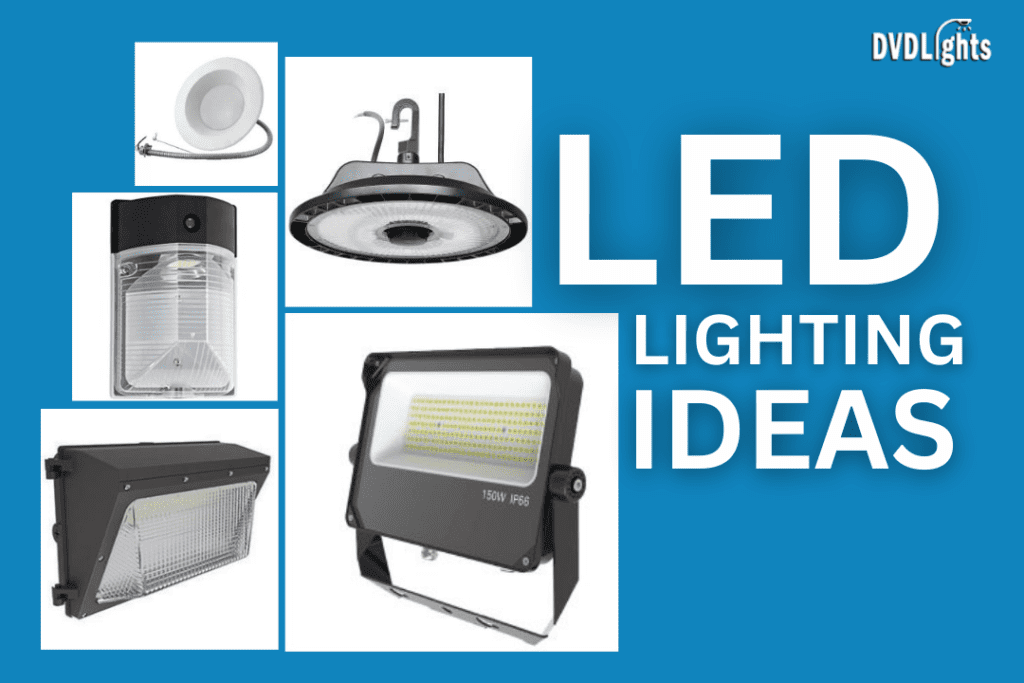Over the past decade, LED lights have revolutionized the lighting industry. Their energy efficiency, longevity, and eco-friendliness have made them a popular choice for various applications, ranging from residential to industrial settings. Unlike traditional incandescent or fluorescent bulbs, LEDs use semiconductors to emit light, which makes them more durable and efficient. This blog post aims to answer the common question: “How long do LED lights last?” We’ll explore the factors that influence LED lifespan, debunk some myths, and provide tips for extending the life of your LED lights.
Photo by BanksPhotos via iStock
Understanding LED Lifespan
LED Lifespan Metrics: L70, L80, L90
The lifespan of an LED light is often measured by the time it takes for the light output to degrade to a certain percentage of its original brightness. This is commonly referred to as L70, L80, and L90.
- L70: The point at which the LED light output is 70% of its initial brightness. This is the most commonly used metric for determining the end of an LED’s useful life. For example, if an LED bulb is rated at 50,000 hours L70, it means the bulb is expected to retain 70% of its brightness after 50,000 hours of use.
- L80: The point at which the LED light output is 80% of its initial brightness. This metric is often used in applications where maintaining higher light levels is critical, such as in commercial or industrial settings.
- L90: The point at which the LED light output is 90% of its initial brightness. This is used for very high-performance applications, like in medical or technical environments where precise lighting is crucial.
Factors Influencing LED Lifespan
Several factors play a critical role in determining how long an LED light will last:
- Heat Management: Excessive heat can significantly reduce LED lifespan. LEDs generate heat, and if it is not managed properly, it can cause the LED components to degrade more quickly. Proper thermal management, such as heat sinks, helps dissipate heat and maintain optimal operating temperatures. The design of the LED fixture plays a crucial role in heat management, with better-designed fixtures ensuring longer-lasting LEDs.
- Power Supply Quality: Stable and clean power supply ensures that LEDs operate within their designed voltage and current ranges, preventing premature failure. Fluctuations in power supply can cause stress on the LEDs, leading to reduced lifespan. Using high-quality drivers that regulate power can mitigate these issues.
- Driving Current: The current supplied to the LED affects its brightness and lifespan. Overdriving LEDs can lead to faster degradation as it increases the heat generated. Conversely, underdriving LEDs can prolong their life but might result in lower brightness than desired. Finding the right balance is key.
- Operating Environment: LEDs used in harsh environments (e.g., extreme temperatures, moisture, dust) tend to have shorter lifespans unless specifically designed for such conditions. Environmental factors like humidity and exposure to chemicals can also impact the durability and performance of LED lights.
- Manufacturer Quality: High-quality LEDs from reputable manufacturers generally have longer lifespans due to better materials and manufacturing processes. Investing in well-known brands can provide more reliable and long-lasting lighting solutions.
LED Lifespan for Different Applications
Commercial Lighting
LED fixtures in commercial settings, such as offices and retail spaces, are designed to last longer due to the higher initial investment and operational demands. The typical lifespan for commercial LED fixtures ranges from 50,000 to 100,000 hours. Proper maintenance and installation are crucial for achieving these lifespans. Regular cleaning and checking of the fixtures ensure that they continue to operate efficiently and safely.
Industrial Lighting
Industrial environments often present challenging conditions for LED lights, including high temperatures, dust, and vibrations. LEDs designed for industrial use are built to withstand these harsh conditions and can last up to 100,000 hours or more. Considerations for industrial applications include:
- Rugged design: Enhanced durability to cope with environmental stresses. Industrial LED fixtures are often made with materials that resist corrosion and impact.
- Regular maintenance: Ensuring fixtures are clean and operating correctly. Regular inspections and maintenance schedules help detect and address issues before they lead to failures.
Comparison of LEd Lights and Bulb type lights
LED lights and traditional bulb types, such as incandescent and fluorescent, differ significantly in several key areas. LED lights are far more energy-efficient, consuming up to 80% less power than incandescent bulbs and around 50% less than fluorescent lights. This efficiency translates to lower electricity bills and reduced environmental impact. LEDs also have a much longer lifespan, typically lasting between 15,000 to 50,000 hours, compared to the 1,000-hour lifespan of incandescent bulbs and the 8,000 to 10,000 hours of fluorescent lights. Moreover, LEDs are more durable and resistant to shocks, vibrations, and extreme temperatures, making them suitable for a variety of environments. In contrast, incandescent bulbs are fragile and generate a lot of heat, posing a risk of burns and fire hazards. Fluorescent lights, while more efficient than incandescents, contain mercury, which requires special disposal methods to prevent environmental contamination. Overall, LED lights offer superior performance, longevity, and safety compared to traditional incandescent and fluorescent bulbs, making them a more sustainable and cost-effective lighting solution.
Dispelling Myths about LED Lifespan
“LED lights last forever”
While LEDs have a longer lifespan compared to traditional lighting, they do not last forever. Their light output diminishes over time, and they eventually need to be replaced. The term “forever” can be misleading; understanding that LEDs degrade gradually helps set realistic expectations.
“Dimming shortens LED lifespan”
Modern LEDs are designed to handle dimming without significant impact on their lifespan. In fact, dimming can reduce heat generation, potentially extending LED life. Dimming technology has advanced, allowing LEDs to operate efficiently even at lower light levels.
“Frequent on/off cycles reduce LED life”
Unlike traditional bulbs, LEDs are not adversely affected by frequent switching. They can handle rapid on/off cycles without compromising their lifespan. This makes LEDs ideal for applications where lights are frequently turned on and off, such as in motion sensor lighting.
How LEDs have changed the world
“Unlike incandescent and halogen bulbs, LEDs consume less energy, produce less heat as a byproduct, and do not contain filaments that regularly burn out. This means that LEDs are a more reliable light source that offer longer lifetimes and less maintenance costs, as they do not need frequent replacement.”
Tips for Extending LED Lifespan
General Tips for Consumers
- Choosing High-Quality LED Products: Invest in LEDs from reputable brands known for their quality and reliability. Cheaper alternatives might save money upfront but can cost more in replacements and maintenance in the long run.
- Proper Installation and Maintenance: Ensure LEDs are installed correctly and regularly cleaned to prevent dust buildup. Proper installation includes using compatible dimmers and ensuring fixtures allow for adequate ventilation.
- Optimal Operating Conditions: Use LEDs within their specified temperature and humidity ranges. Avoid using indoor-rated LEDs in outdoor settings unless they are protected from the elements.
Tips for Contractors, Distributors, and Resellers
- Product Selection and Sourcing: Choose products from trusted manufacturers with proven track records. Ensure that the products meet industry standards and certifications.
- Customer Education and Support: Provide customers with information on proper usage and maintenance of LED lights. Educated customers are more likely to be satisfied with their purchase and less likely to experience issues.
- Warranty and Return Policies: Offer robust warranties and clear return policies to build customer trust and satisfaction. This provides peace of mind to customers and demonstrates confidence in the product’s quality.
Photo by Motortion via iStock
Conclusion
Understanding the factors that affect LED lifespan is essential for making informed purchasing decisions. High-quality LED products, proper installation, and regular maintenance can significantly extend the life of your LEDs. By choosing LEDs, you not only save on energy costs but also contribute to a more sustainable future. For personalized advice and expert consultation, reach out to a local LED specialist.
FAQs
How long do LED lights typically last?
- LED lights typically last between 15,000 to 50,000 hours, depending on the quality and application. High-end LEDs can last up to 100,000 hours, especially in industrial or commercial settings with proper maintenance and installation.
What factors can shorten the lifespan of an LED light?
- Several factors can shorten the lifespan of an LED light, including poor heat management, unstable power supply, overdriving the current, harsh operating environments (e.g., extreme temperatures, humidity, dust), and low-quality manufacturing. Ensuring proper installation and using high-quality LEDs can mitigate these issues.
Do LEDs lose brightness over time?
- Yes, LEDs gradually lose brightness over time. This degradation is measured using metrics like L70, L80, and L90, which indicate the percentage of initial brightness retained after a certain number of hours. For instance, an LED rated at 50,000 hours L70 will maintain 70% of its original brightness after 50,000 hours of use.
Does turning LEDs on and off frequently reduce their lifespan?
- No, turning LEDs on and off frequently does not significantly reduce their lifespan. Unlike traditional incandescent or fluorescent bulbs, LEDs are designed to handle frequent switching without degrading their performance or lifespan.
Can dimming LEDs affect their lifespan?
- Modern LEDs are designed to handle dimming without negatively affecting their lifespan. In fact, dimming can reduce the heat generated by the LED, potentially extending its lifespan. However, it’s essential to use compatible dimmers designed for LEDs to ensure optimal performance.





